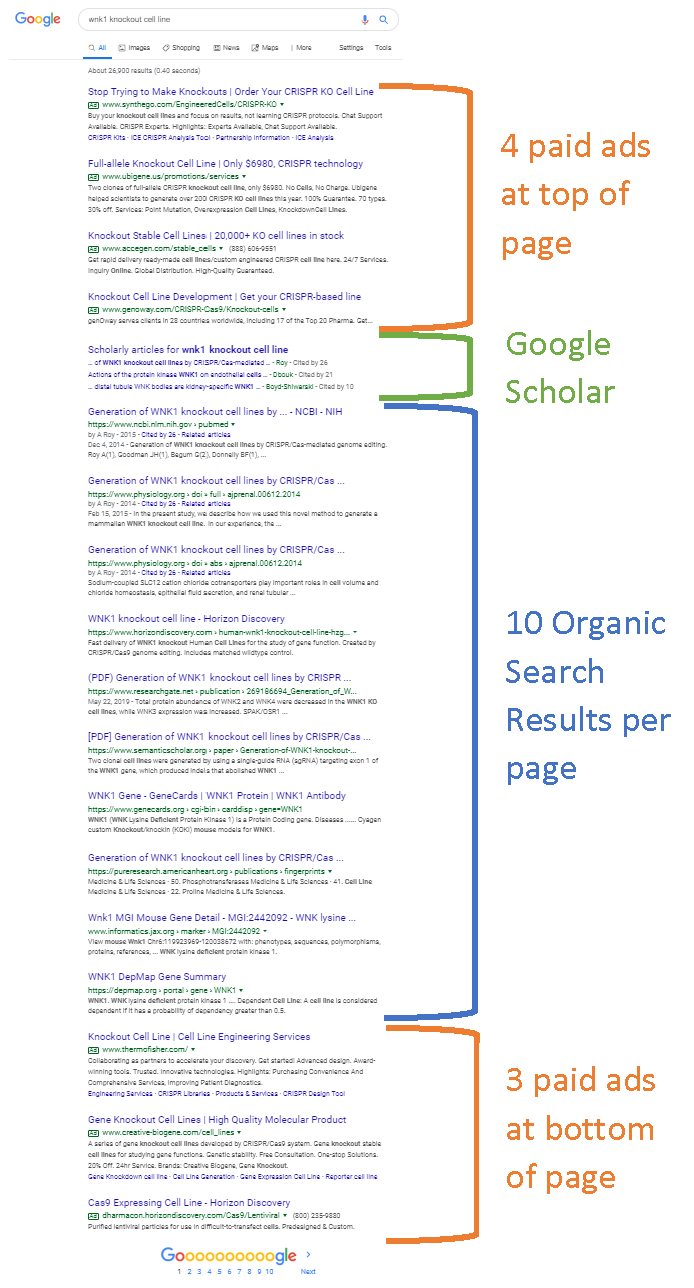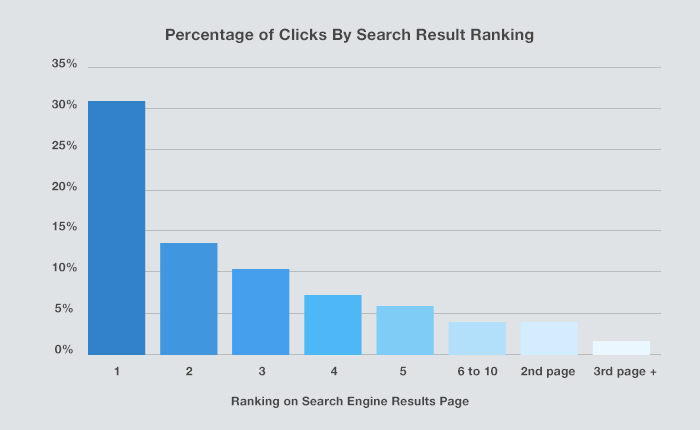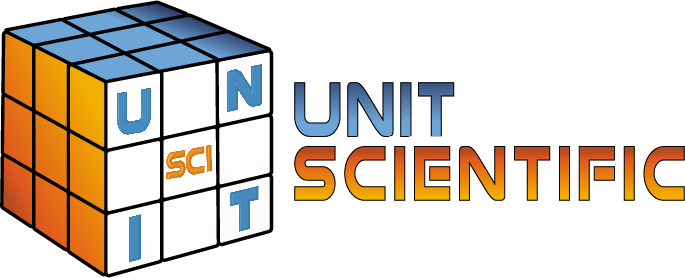ARE YOU LEAVING MONEY ON THE TABLE?
So many business leaders in life sciences (and in general) are focused on the technical aspects of their products and services. It’s important that customers understand the advantages offered and, of course, how they compare with the competition.
However, even if you have the best product, it does not matter when your ideal customer cannot find it. This is the most common problem faced by many life sciences companies. You may have invented a superior tool, but it is a challenge getting discovered above the chatter of all the marketing efforts by all the other companies.
HOW ARE YOU GOING TO BE DISCOVERED?
A popular strategy is to advertise using Google Ads. This pay-per-click (PPC) model allows you to purchase keywords that are relevant for the products and services you offer.
This method requires creating ad copy you want associated with the keywords you believe a potential customer will be searching for while using a search engine, such as Google.
There are several factors that determine where ads show up:
- The closeness of the match between the keyword and the search term.
- The relevance between the keyword and the content on the landing page that the ad links to.
- The amount of money that has been bid on the ad being clicked.
- The number of companies bidding on the same keyword.

Dependent on these factors, most life sciences companies are paying an average of $3 per click. Based on the popularity of the search term (volume of clicks), you could spend several hundred dollars every month per keyword. Is this money well spent?
WHAT IS THE BEST WAY?
As you can see from figure 1, there are a few ways you can be found on a search engine’s results page (SERP) and everyone wants to be on the first page.
- Paid ads (PPC), described previously.
- Google Scholar if your product is cited in a publication.
- Organic search results section.
But which one matters most to the prospective customer doing the search?

The clear winner is the organic search results section which requires search engine optimization (SEO). This is the most challenging area for companies to do well.
HOW CAN YOU GET THE RESULTS YOU NEED?
Traditional SEO requires the process of building out content around a keyword strategy then having other relevant domains link to this content. This process is typically expensive and requiring years to implement. But there is an alternative and superior approach you can take.
At Unit Scientific, we provide a proprietary software [PASEO Software™] that boosts your SEO efforts by creating content pages, URLs, and backlinks from a dashboard. Learn more at www.unitsci.com/software and click the link below:
EASY AS 1-2-3-4
There’s simply no other way that is as effective and affordable to get ranked on the first page of Google.








